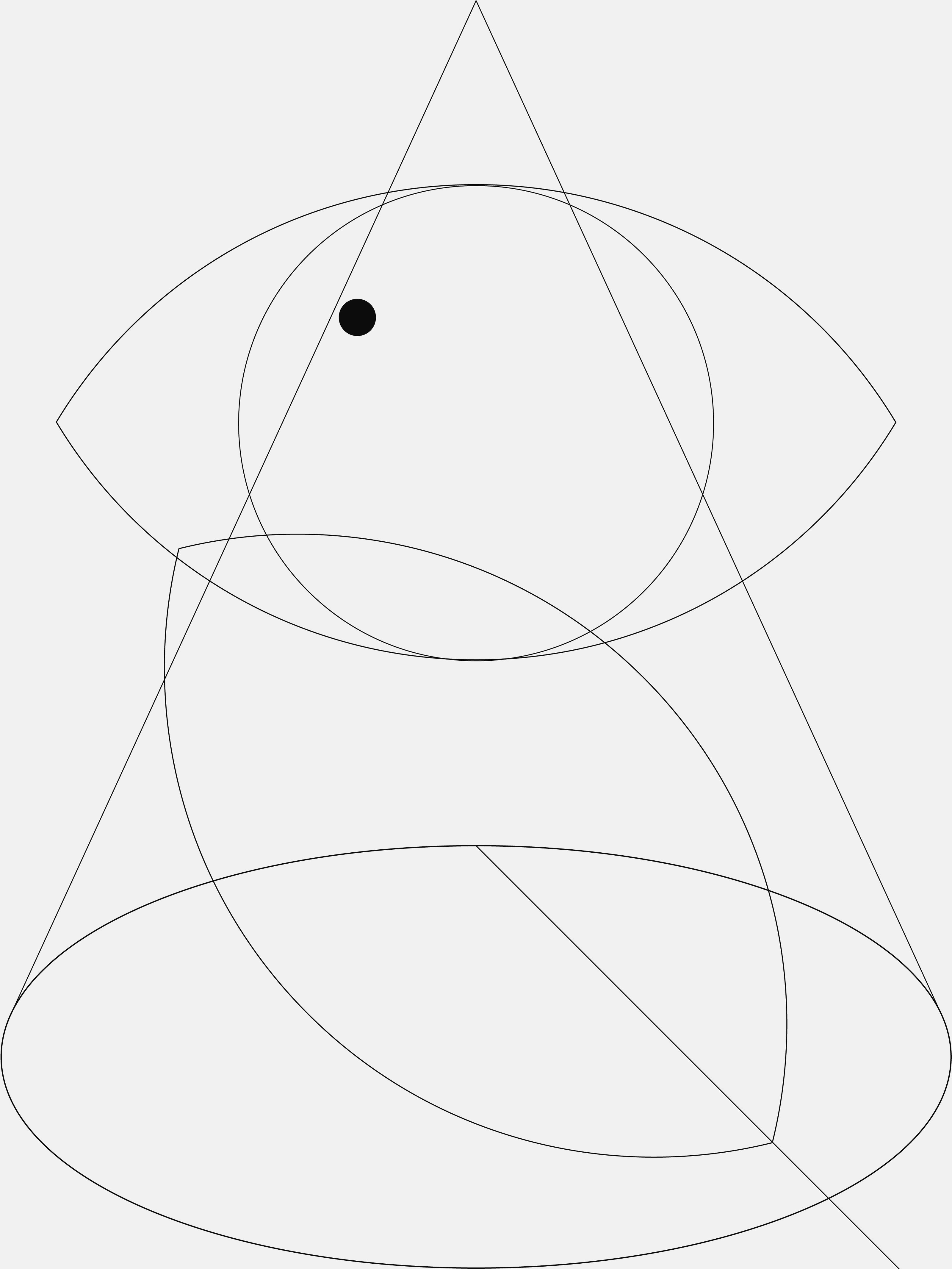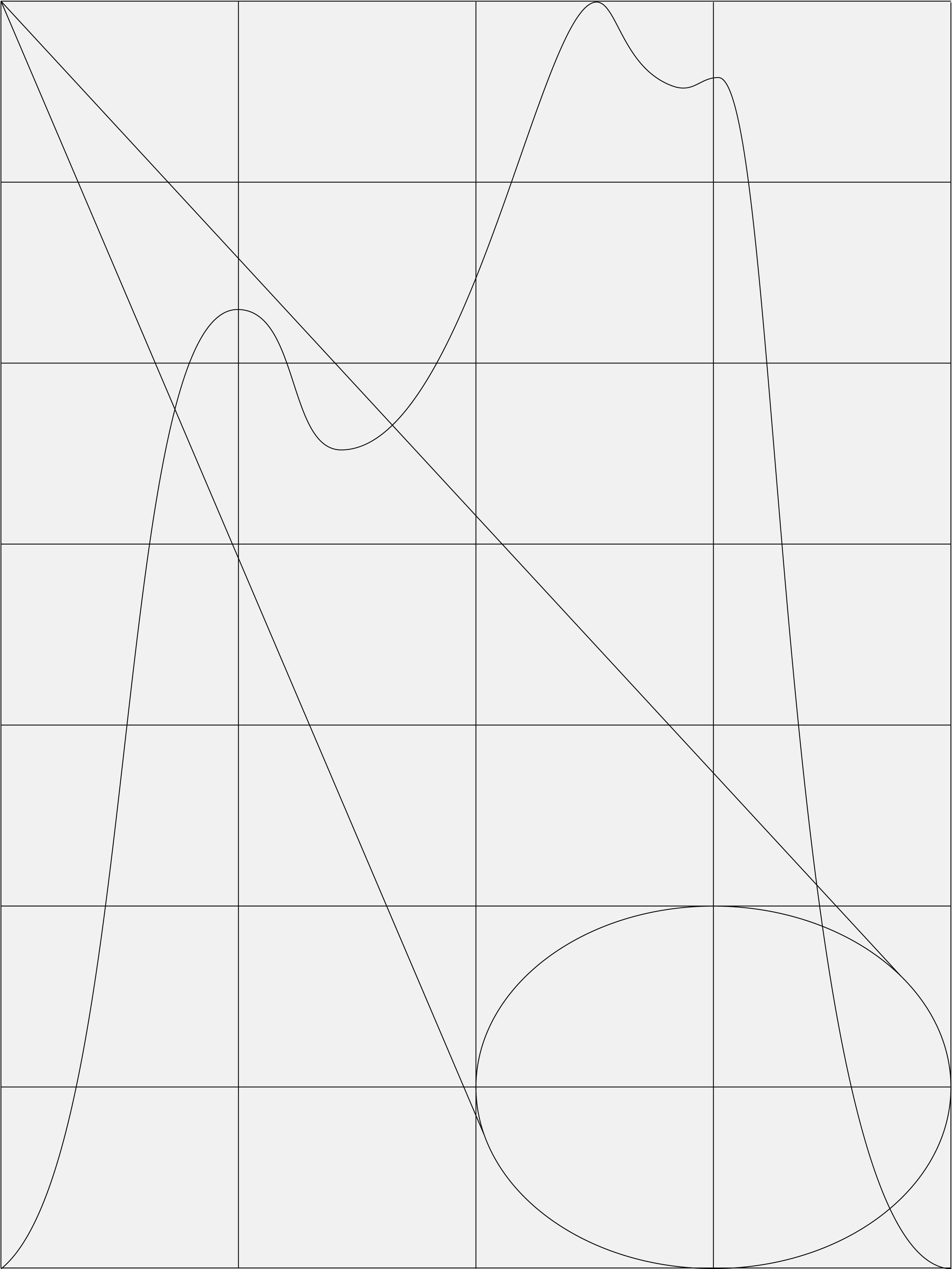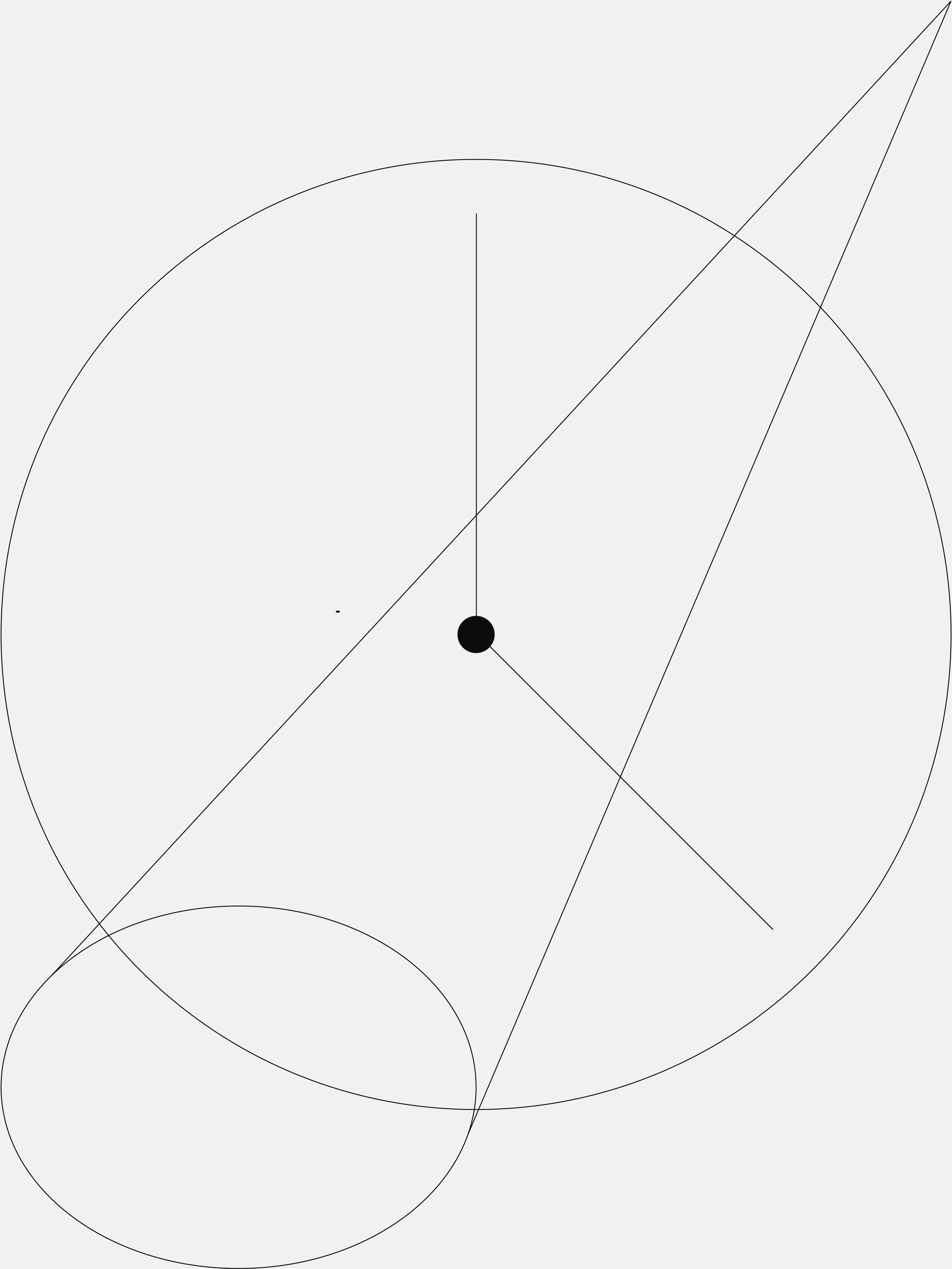Photons to photosynthesis
-
artificial sunlight
-
Light is the single most important factor in plant growth however plants and us don’t necessarily see eye to leaf. While we have a retina in our eye, plants have colour absorbing pigments in their leaves which drive photosynthesis.
Architectural lighting has been developed for the sole purpose of illuminating spaces. Focusing on narrow bands of colours with uneven distribution, these lights are fine for us but they are unable to promote efficient photosynthesis.
It was not until 1988 that NASA started using LED technology for plant growth. These very hight output lights with targeted colour spectrums fast became synonymous with indoor agriculture.
At ample we have developed a broad spectrum LED module designed to resemble the sun and be efficient. It is optimised for both plants and people. A new typology of lighting that combines architectural and horticultural vocabulary. -

Three tenets of horticultural light
-
-
The creation of an artificial lighting solution relies on three fundamental concepts;
- Light quality
- Light quantity
- Light duration
-
-
quality
-
Not all light is equal. The quality or colour of the light can drive and limit photosynthesis, change plant morphology and influence flowering.
A beam of white light is made of different wavelengths of colour: violet, blue, green, yellow, orange and red. Each of these colours measures a different wavelength falling between 400 nm to around 700 nm. This range of spectrum is know as Photosynthetically Active Radiation (PAR).
Plants are most sensitive to red and blue photons. Blue photons can help control excessive stem elongation or stretching towards light. Red photons can enhance leaf expansion and deliver greater biomass.
Too much or too light of any colour can lead to undesired effects. It is the correct blending of all the colours that makes a successful grow light. -

-
quantity
-
Having the right spectrum of light is not enough for healthy growth. You also need the right quantity or intensity.
Photosynthetic Photon Flux (PPF) is the measurement of PAR your lamp emits every second. This is measured in micromoles per second (expressed as μmol/s). A mol is the unit of measure for photons.
More important to know is how many PAR photons produced every second land on the plant canopy. This is called Photosynthetic Photon Flux Density (PPFD). This is measured in micromoles per square meter per second (expressed as µmol/m²/s).
Different plants have different requirements of PPFD for healthy growth.- Heavy shade plants can do well under 40 µmol/m²/s
- Low light plants require 100 µmol/m²/s
- Bright indirect medium light plants require 200 µmol/m²/s
- Part sun high light plants require 300 µmol/m²/s
- Full sun very high light plants require 400 µmol/m²/s
-

-
duration
-
Finding a balance between activity and rest is just as important for plants as it is for us. Many plants are photoperiodic, meaning they require different amounts of light and darkness to shift into different stages of growth.
As a general rule plants fall into 3 categories: short day, day neutral and long day varieties. The length of light these plants require is 10 hours, 12 hours and 16 hours respectively. -





